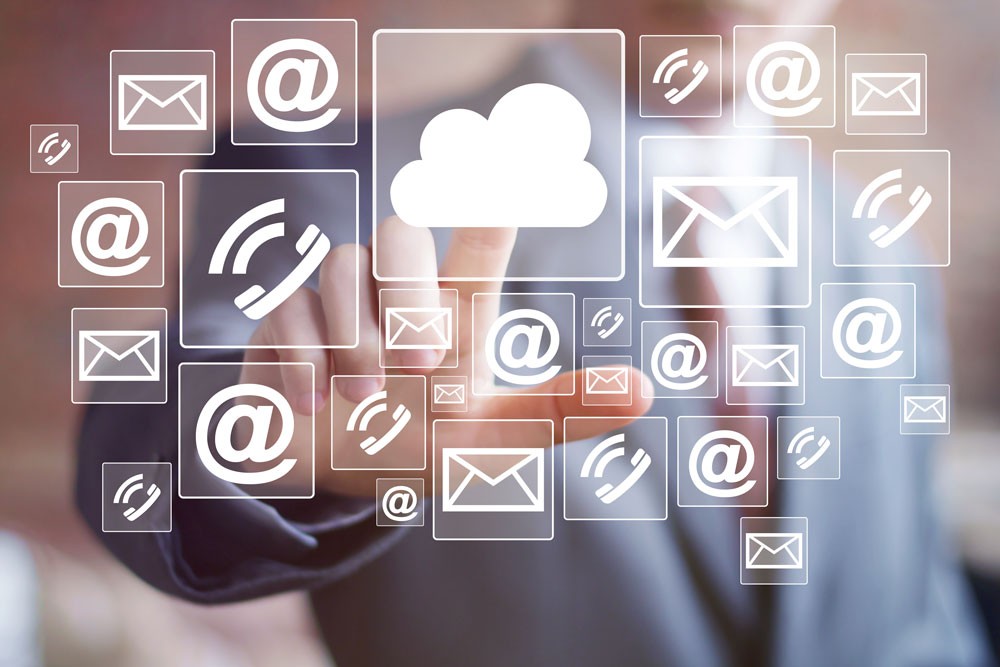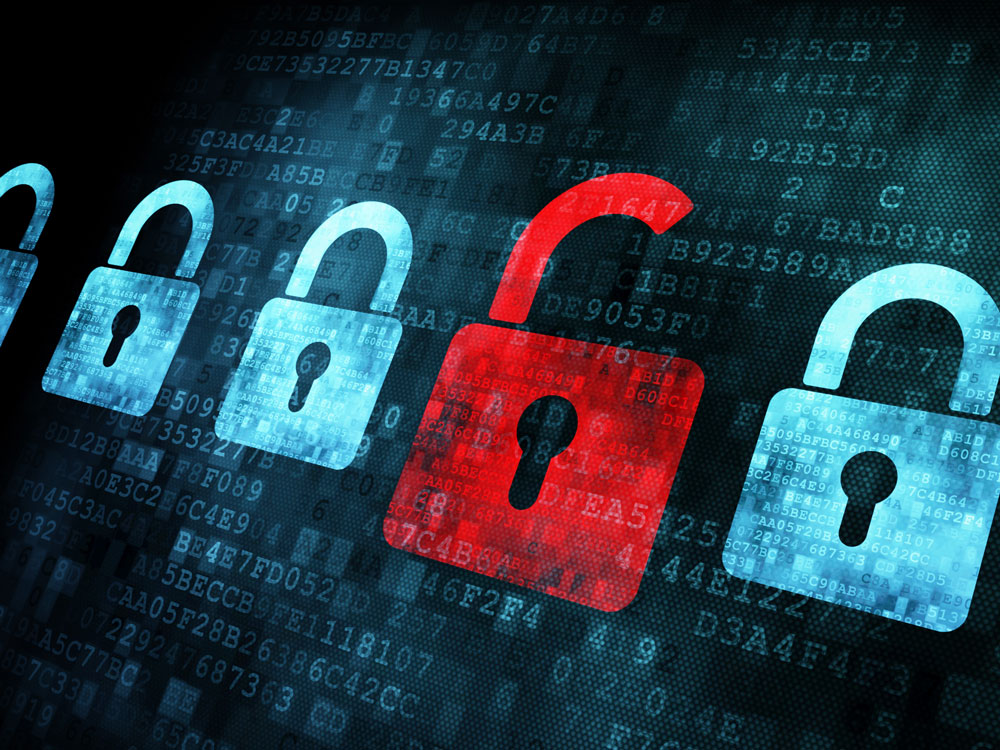Blog

Is Your Network Ready for Business?
Your network is under continuous pressure to keep up with the growth of your business. Broadband networks providing instant connectivity are a core requirement for most businesses. Your network needs to provide fast access to Cloud Services including Email, Online Backup, Unified Communications, Call Center and other applications.

Aim for the Cloud
The time may be right for your business to move to the Cloud. With its many advantages, including cost savings, security and flexibility, cloud computing also gives businesses a competitive advantage, allowing employees to work any time, anywhere. According to an article by Forbes.

Aim for the Cloud
The time may be right for your business to move to the Cloud. With its many advantages, including cost savings, security and flexibility, cloud computing also gives businesses a competitive advantage, allowing employees to work any time, anywhere. According to an article by Forbes.

Cloud Adoption and Software as a Service (SaaS)
Most businesses today have adopted some form of Cloud Computing and Software as a Service (SaaS) to run their business. According to a recent article by Forester Research,“SaaS Improves Business Results Due To Greater Innovation and Agility — And Is Increasingly The Foundation for Business Opportunities.” Rather than investing up front in costly infrastructure, implementation and configuration, Cloud Computing using Software as a Service provides an economical and turnkey approach to access the latest technology at an affordable price. Here are some examples.

Cloud Adoption and Software as a Service (SaaS)
Most businesses today have adopted some form of Cloud Computing and Software as a Service (SaaS) to run their business. According to a recent article by Forester Research,“SaaS Improves Business Results Due To Greater Innovation and Agility — And Is Increasingly The Foundation for Business Opportunities.” Rather than investing up front in costly infrastructure, implementation and configuration, Cloud Computing using Software as a Service provides an economical and turnkey approach to access the latest technology at an affordable price. Here are some examples.
Network Security Precaution for Meltdown and Specter Vulnerabilities
The technology industry is working to patch two network security flaws known as Meltdown and Specter Vulnerabilities. These hardware bugs can expose information being processed or stored in memory on your computer.

Network Security Precaution for Meltdown and Spectre Vulnerabilities
The technology industry is working to patch two network security flaws known as Meltdown and Spectre Vulnerabilities. These hardware bugs can expose information being processed or stored in memory on your computer.
Gear up Your Technology in the New Year: Is Your Tech in Check?
This time of year we make our lists and check them twice. Is your technology in check for the new year? Here are some checklists to keep and plans to make to get the most from your technology in the new year.

Gear up Your Technology in the New Year: Is Your Tech in Check?
This time of year we make our lists and check them twice. Is your technology in check for the new year? Here are some checklists to keep and plans to make to get the most from your technology in the new year.

Gear up Your Technology in the New Year: Is Your Tech in Check?
This time of year we make our lists and check them twice. Is your technology in check for the new year? Here are some checklists to keep and plans to make to get the most from your technology in the new year.
